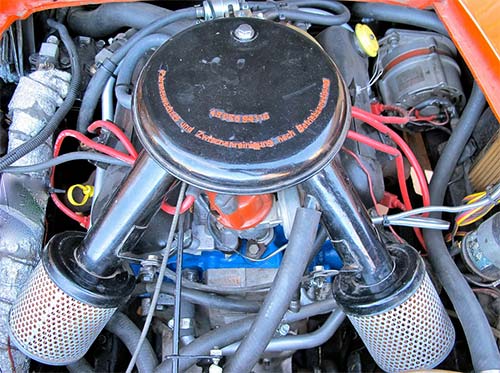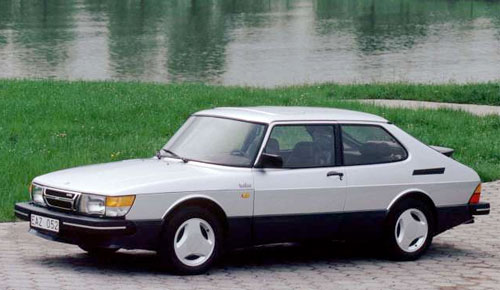Swedish Bolide: Saab Sonett III

I think it’s time to feature another barely-imported, obscure-yet-cool classic. I considered putting the Sonett III in my FWD Champions series, but somehow—I can’t quite put my finger on the exact reason—the car just doesn’t manage to elevate itself into that category. I’ve already featured the original Saab 900; maybe one Saab is enough? Who knows.

Regardless, the Sonett III, a front-wheel-drive coupe produced by the Swedish automaker between 1970 and 1974, ticks more than enough of the boxes on its “cool” application. It’s rare, classically quirky, not unattractive in a sort of hybrid Scandinavio-Italian way and blessed with an uncommon engine configuration: A 1.7l, Ford-sourced V4 blessed with 65 pavement-rippling horsepower. Fortunately, they only had 1,950 lb to haul around, so the 0-60 time of around 13 seconds, while glacial by today’s standards, was at least semi-peppy for its day.

Like the Corvette, the body is constructed of fiberglass mated to a metal frame. While lightweight and trendy, the material had some problems: Saab’s relative inexperience with mass-production of fiberglass meant that most cars left the factory with slight (but perceptible) waves in the bodywork. Also, just because the body panels were made of a rust-free material didn’t mean the chassis couldn’t be afflicted with automotive cancer; indeed, rust is a major concern for those looking for a good Sonett III on the market today. Furthermore, the needs of the material meant the all-of-a-piece front bodywork only allowed a small door for engine access, a real bummer for maintenance and service.

The owner of the car shown above has added additional instrumentation below the center console, but the aircraft-inspired quirkiness of the Sonett III’s interior is still apparent. Note the pull handle operating the manually-concealed headlights, the clear bank of instruments and the large red buttons to the left of the steering wheel. It’s clean and very cockpit-like.

Naturally, against all common sense, I really like the car and would love to own one. I admire the little details like the sliders and toggle switches on the console, the ultra-wide 5-bolt lug pattern and the “cupped” door handles. And I appreciate the car’s overall proportions, which make it look like absolutely nothing else on the road. Add a dash of handling flair, and rarity—only a little over 8,000 were made; with an unknown percentage of that making the trip to the US—and I’m sold.













